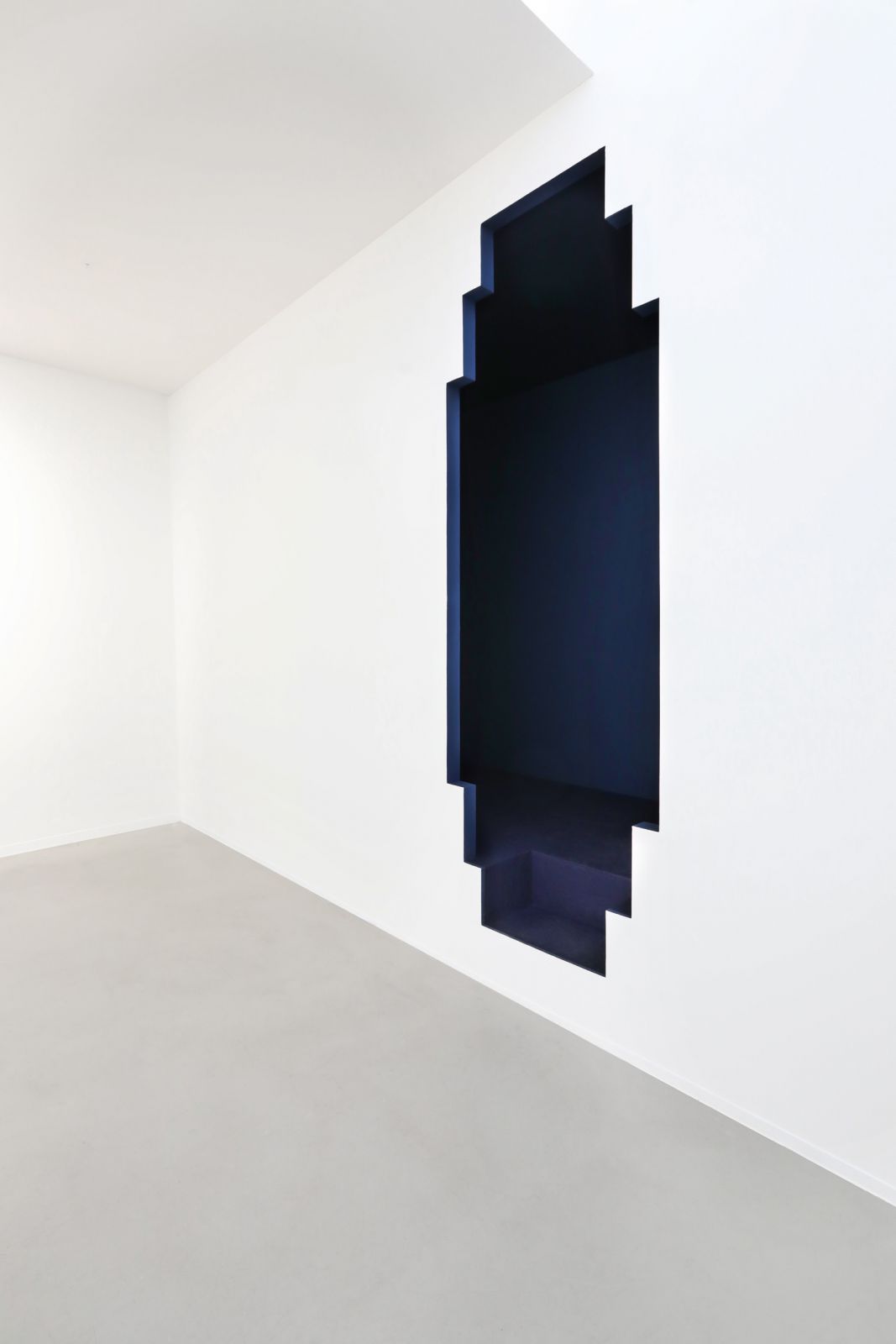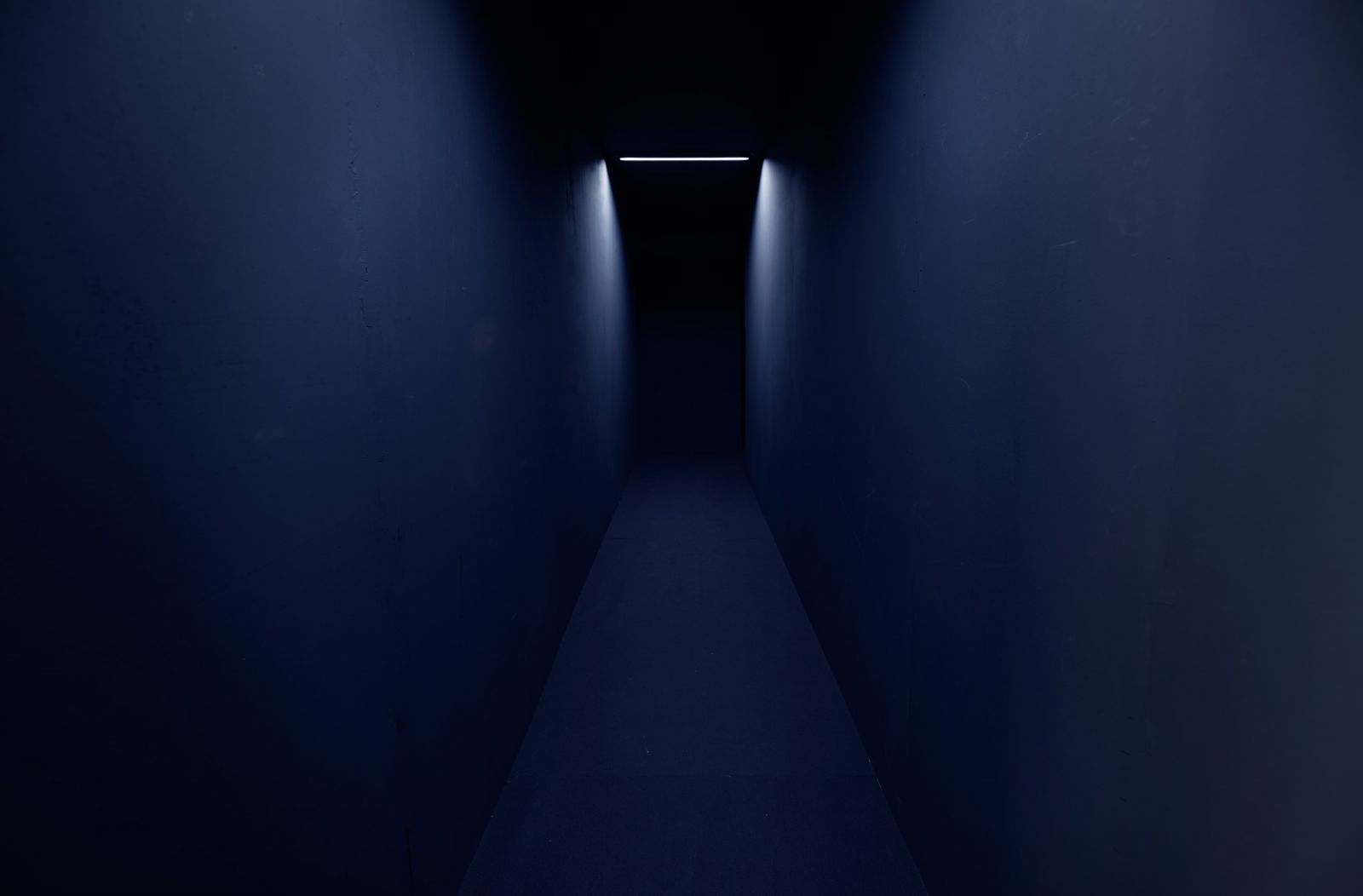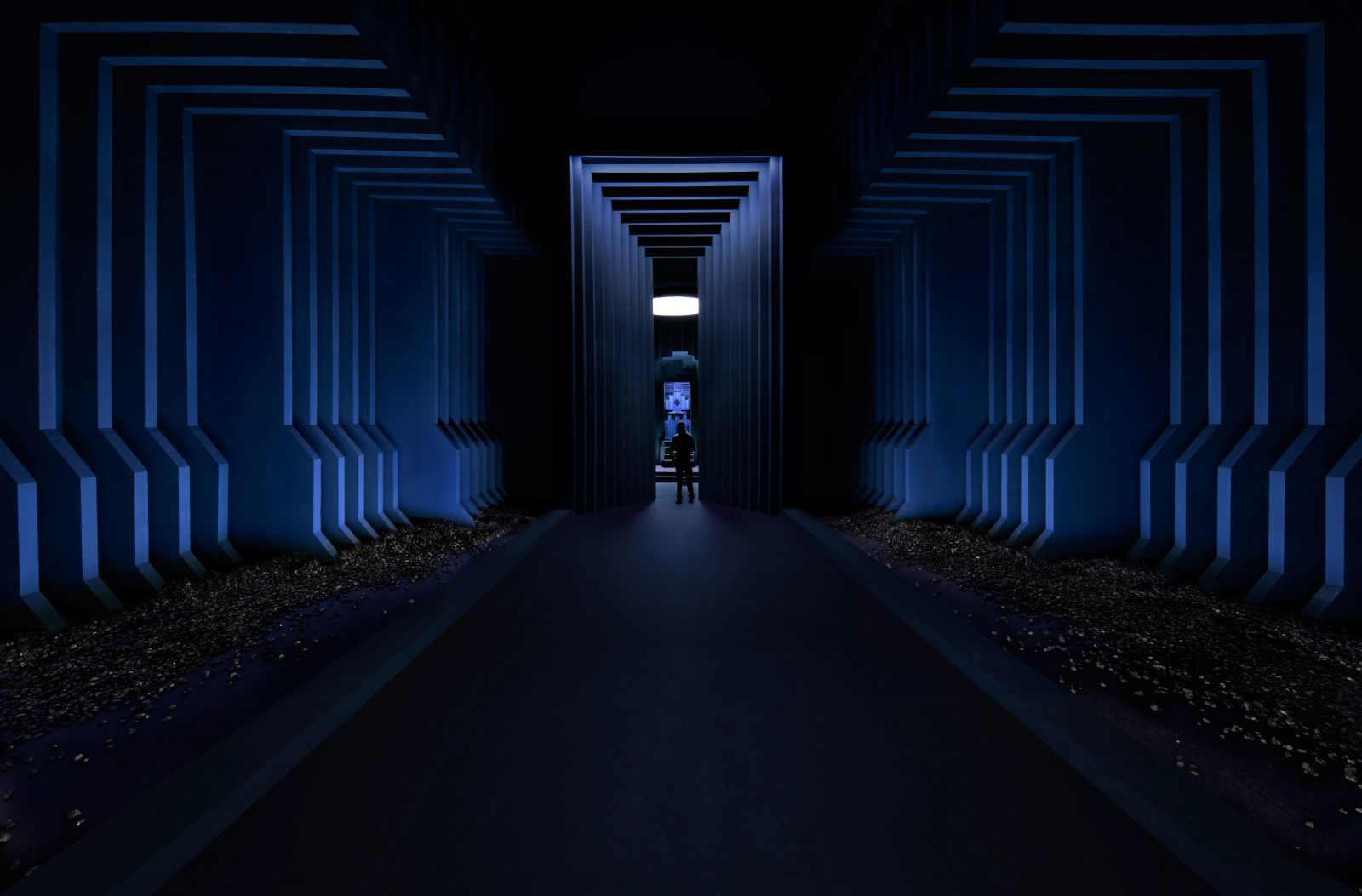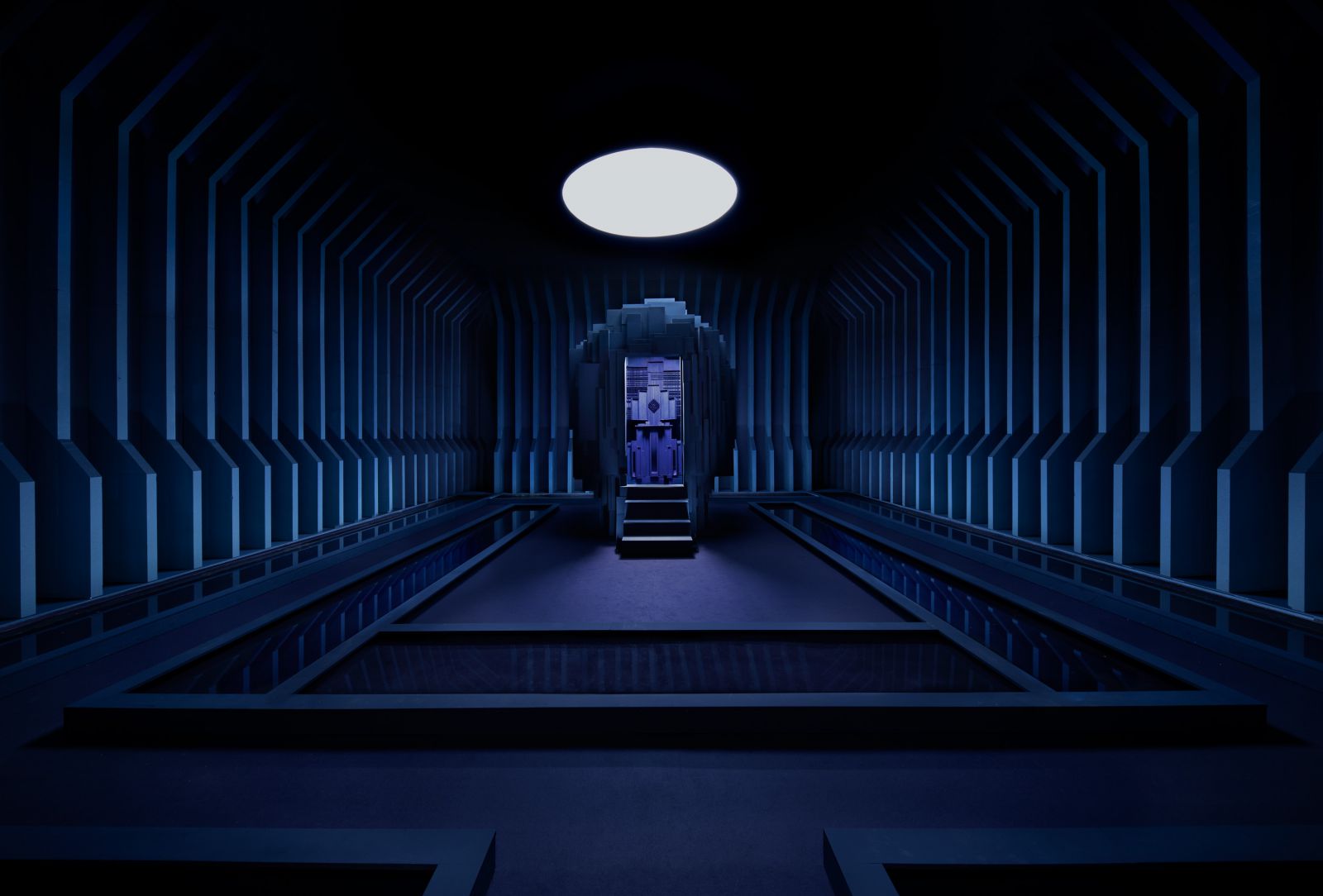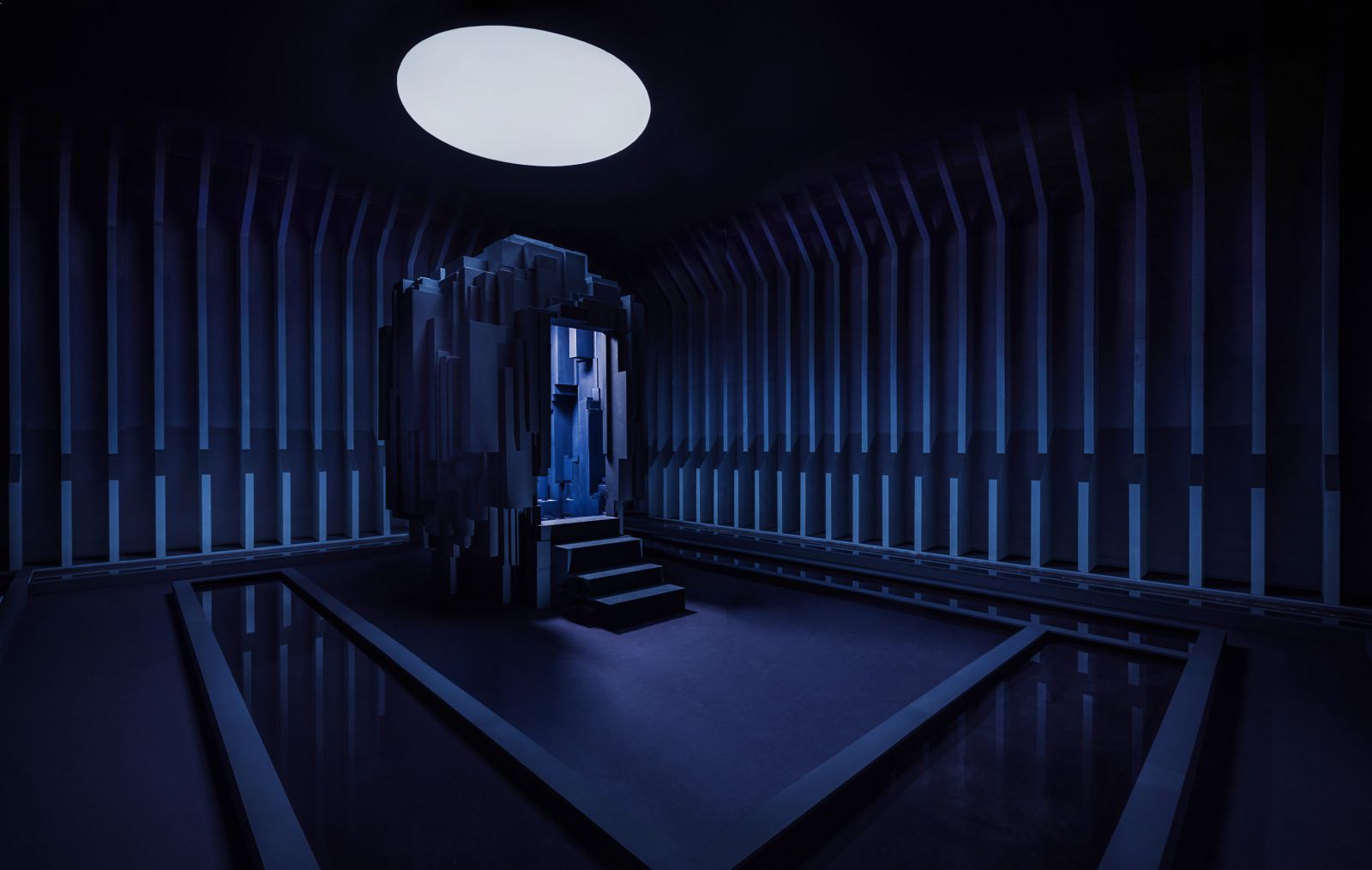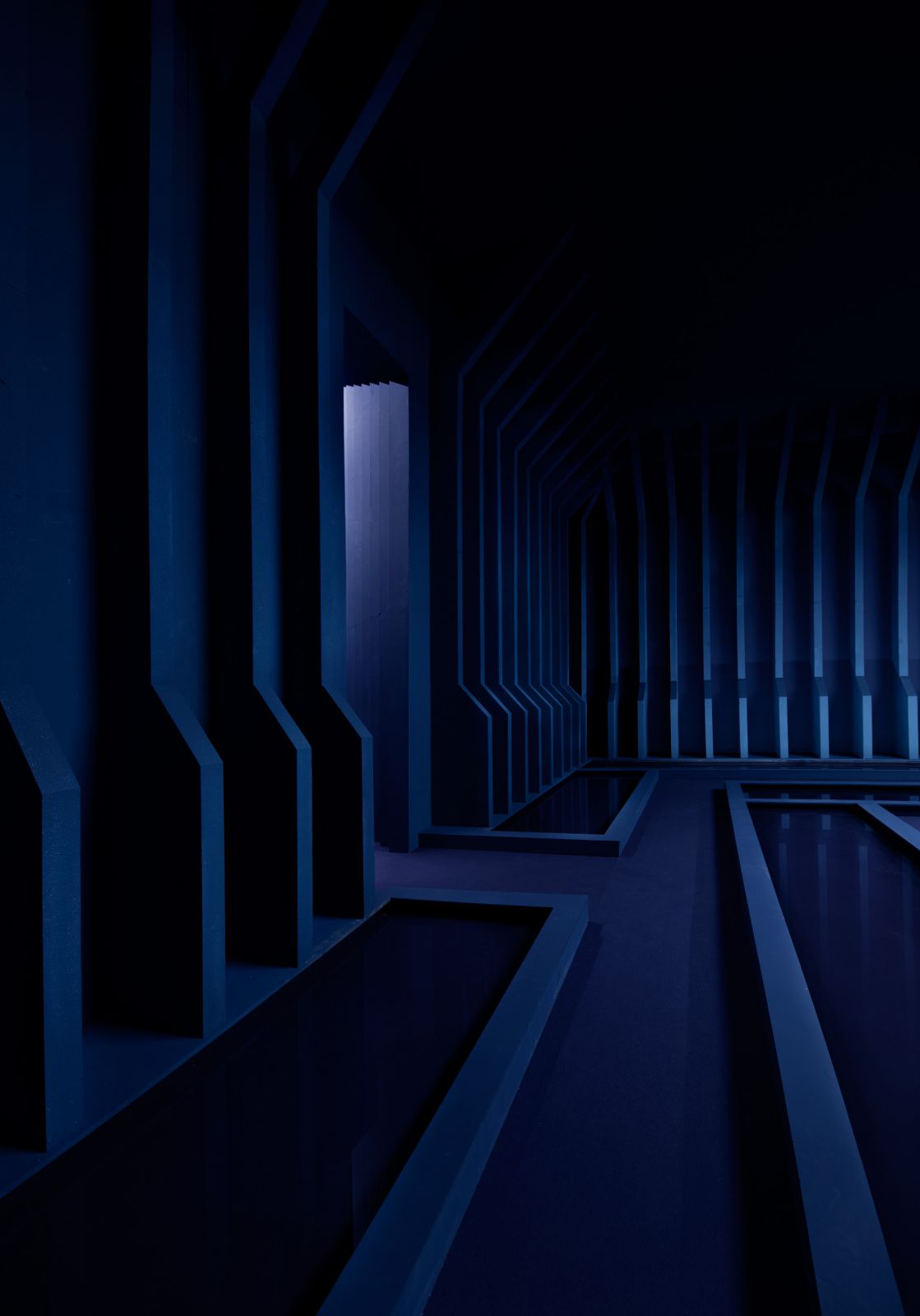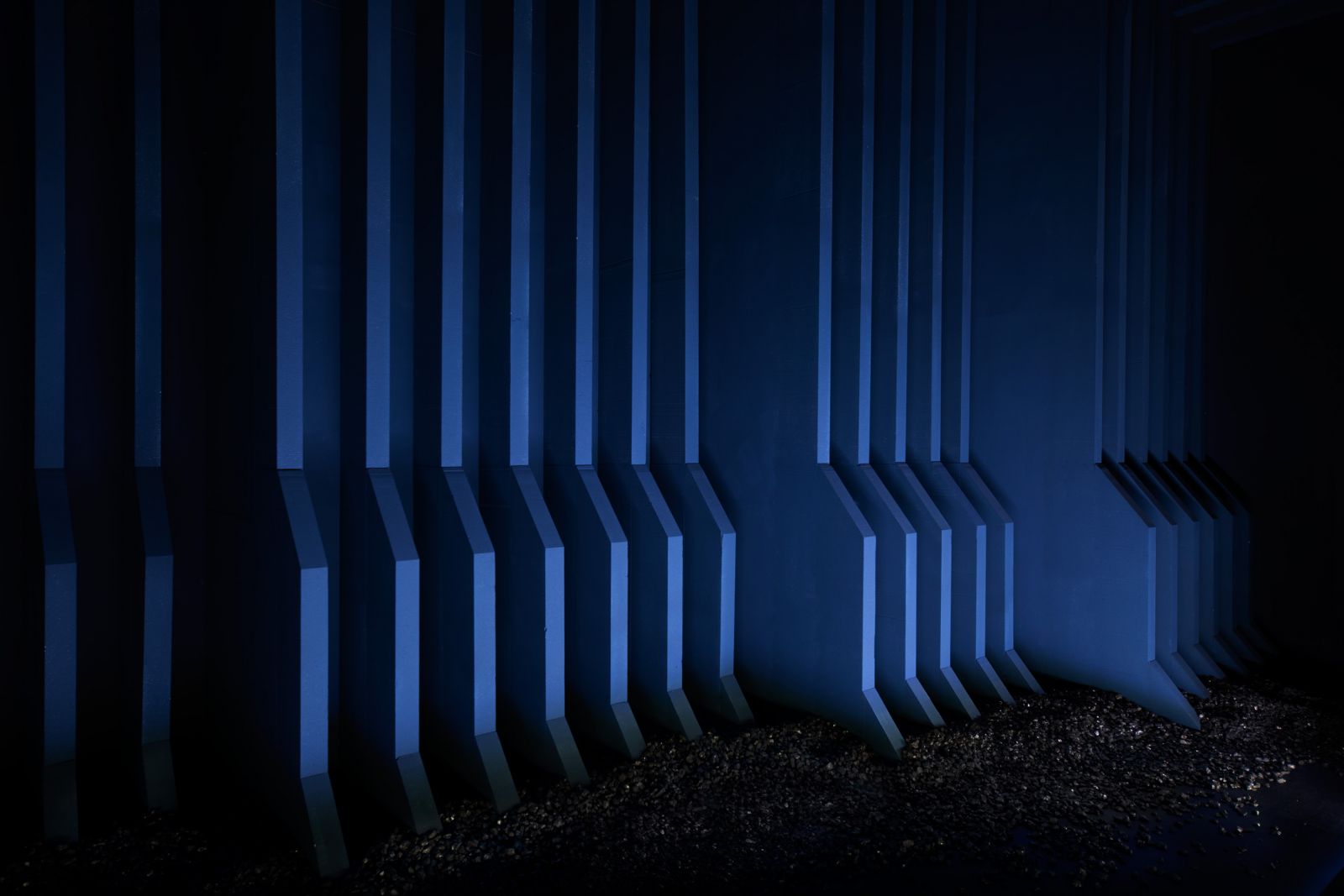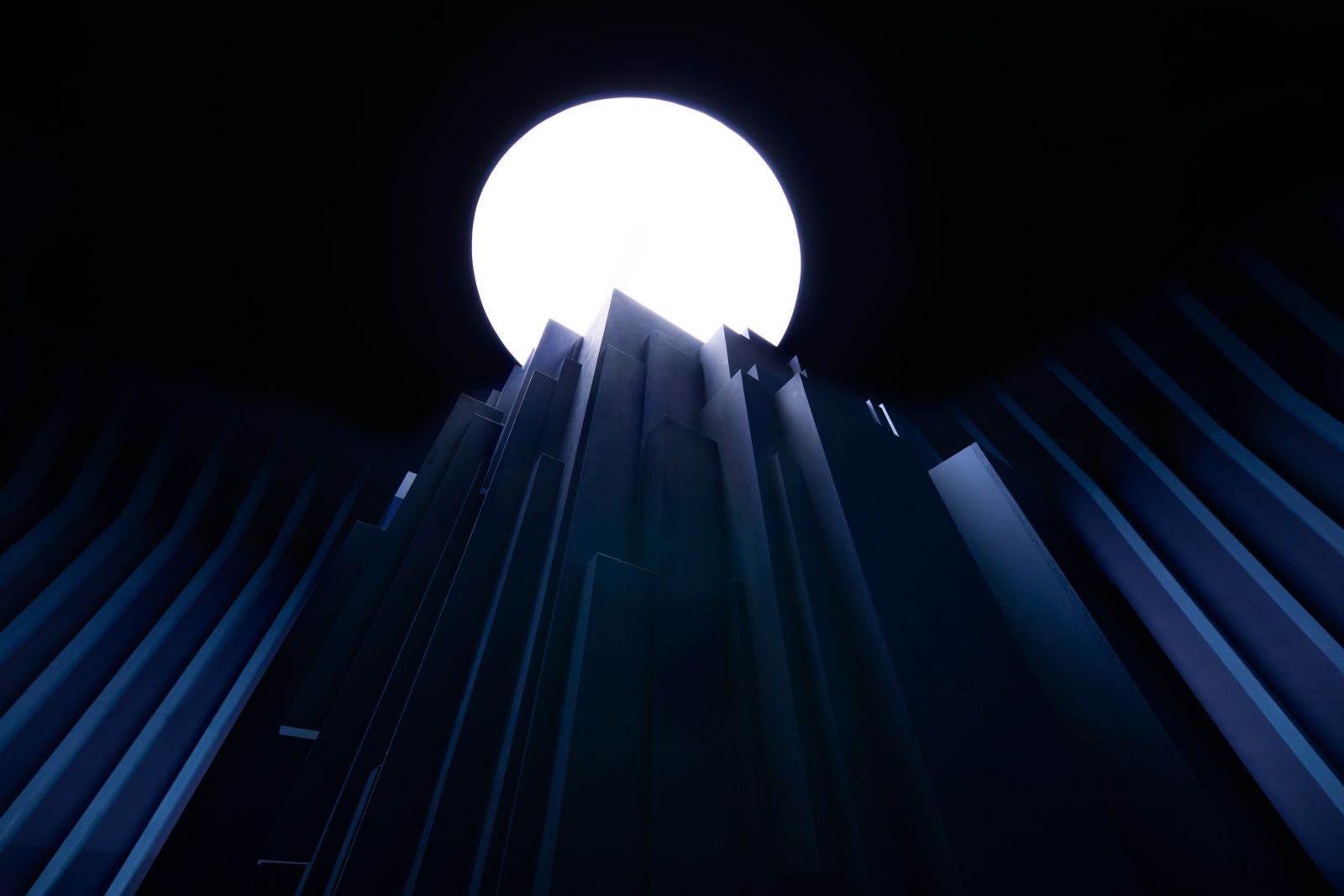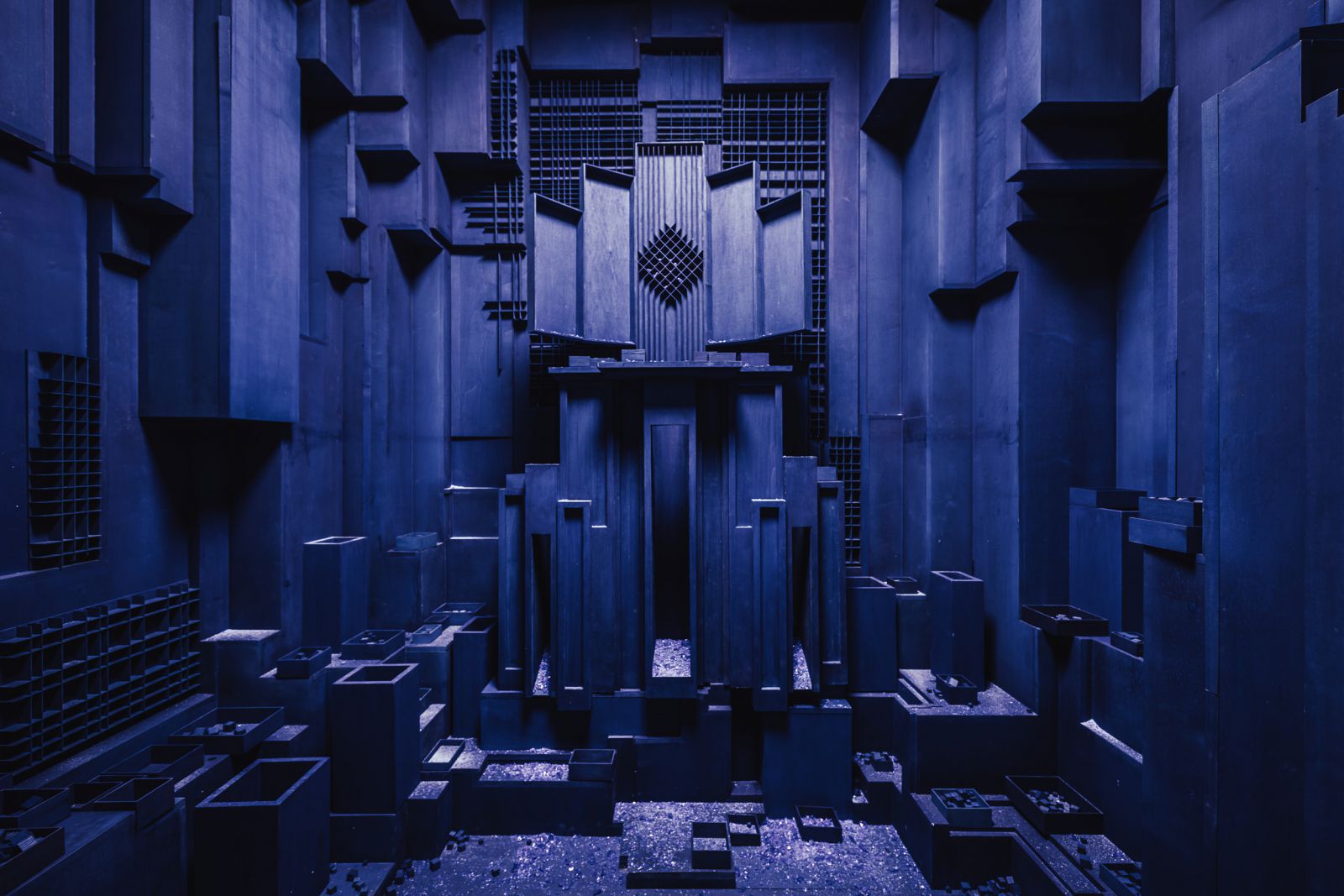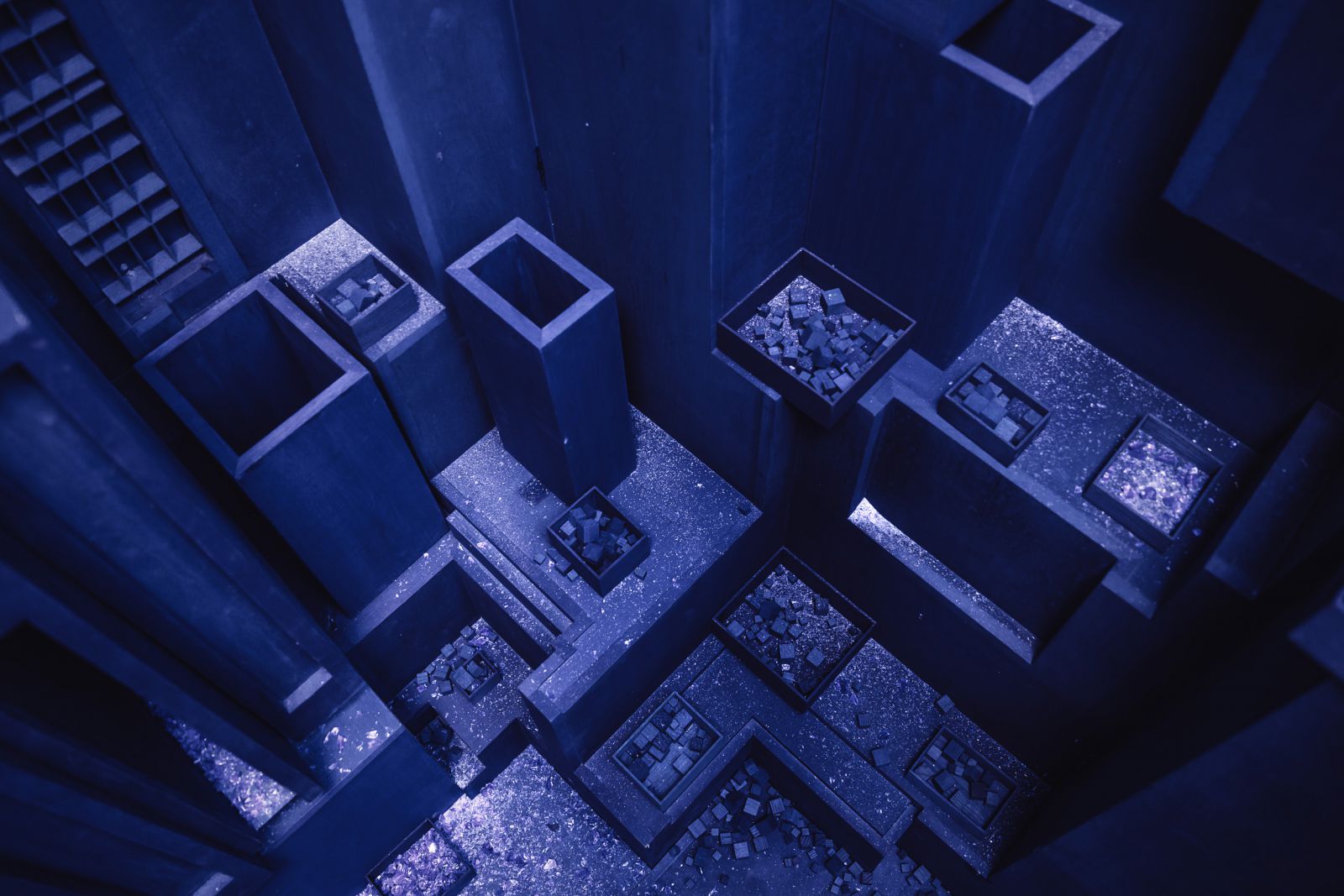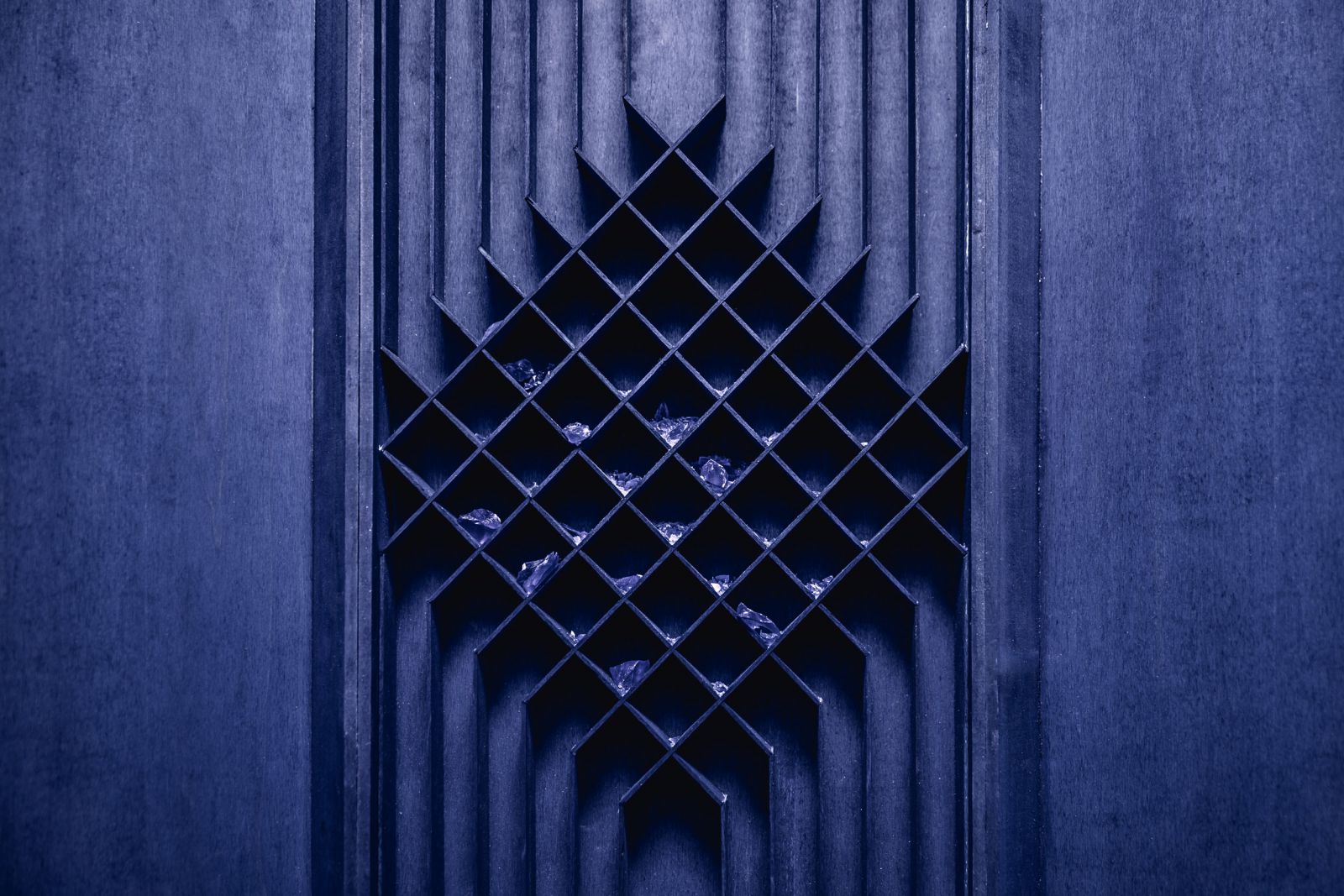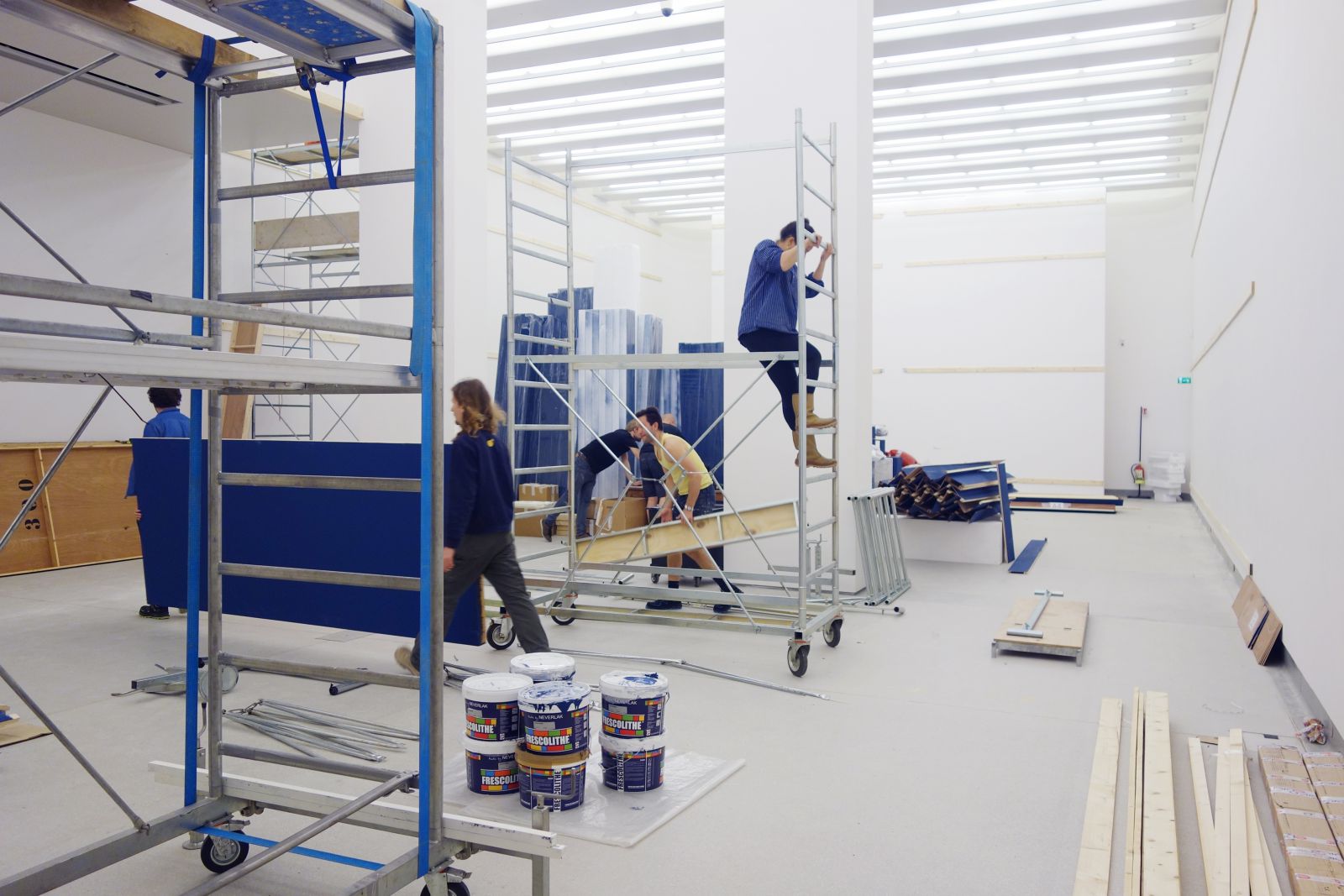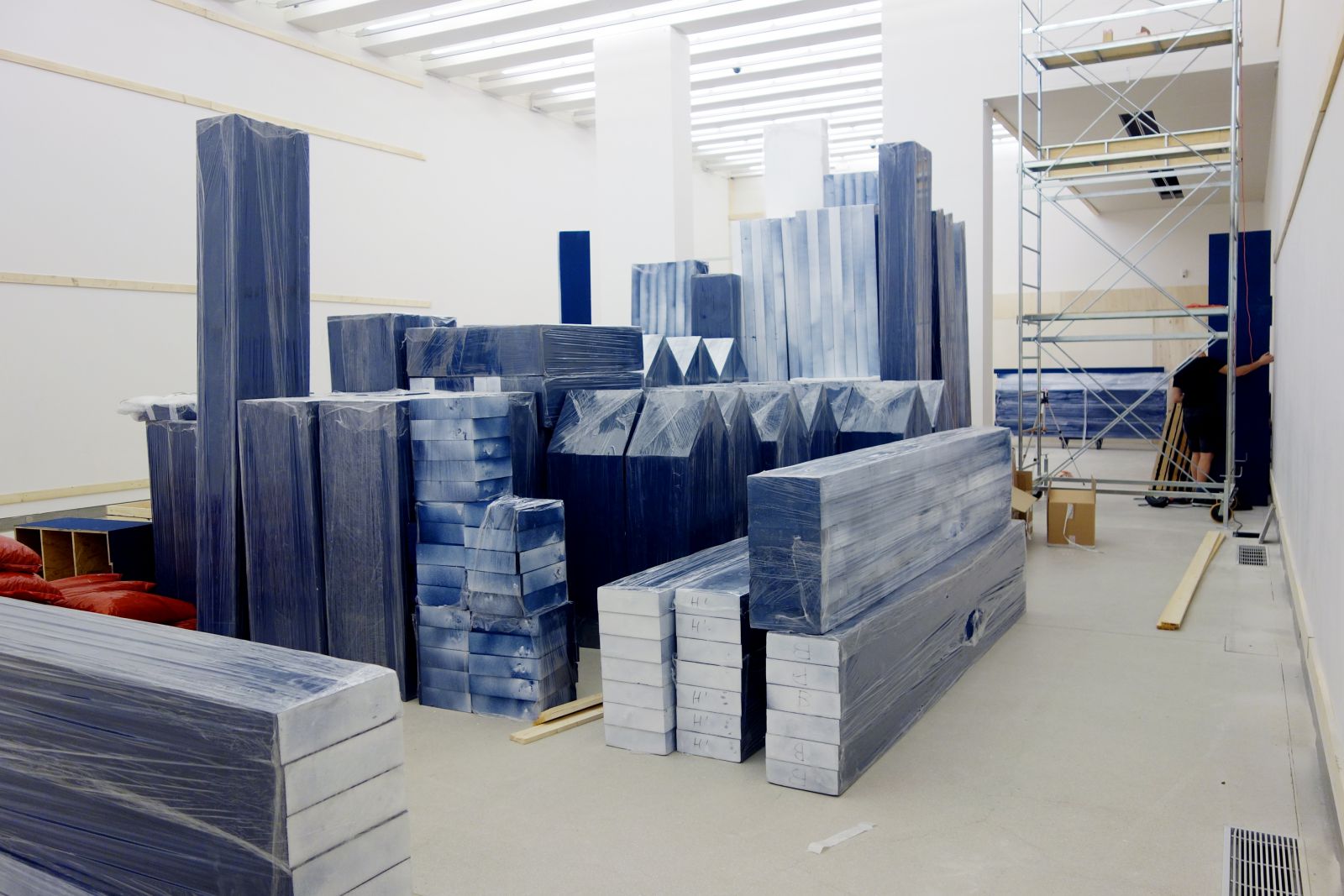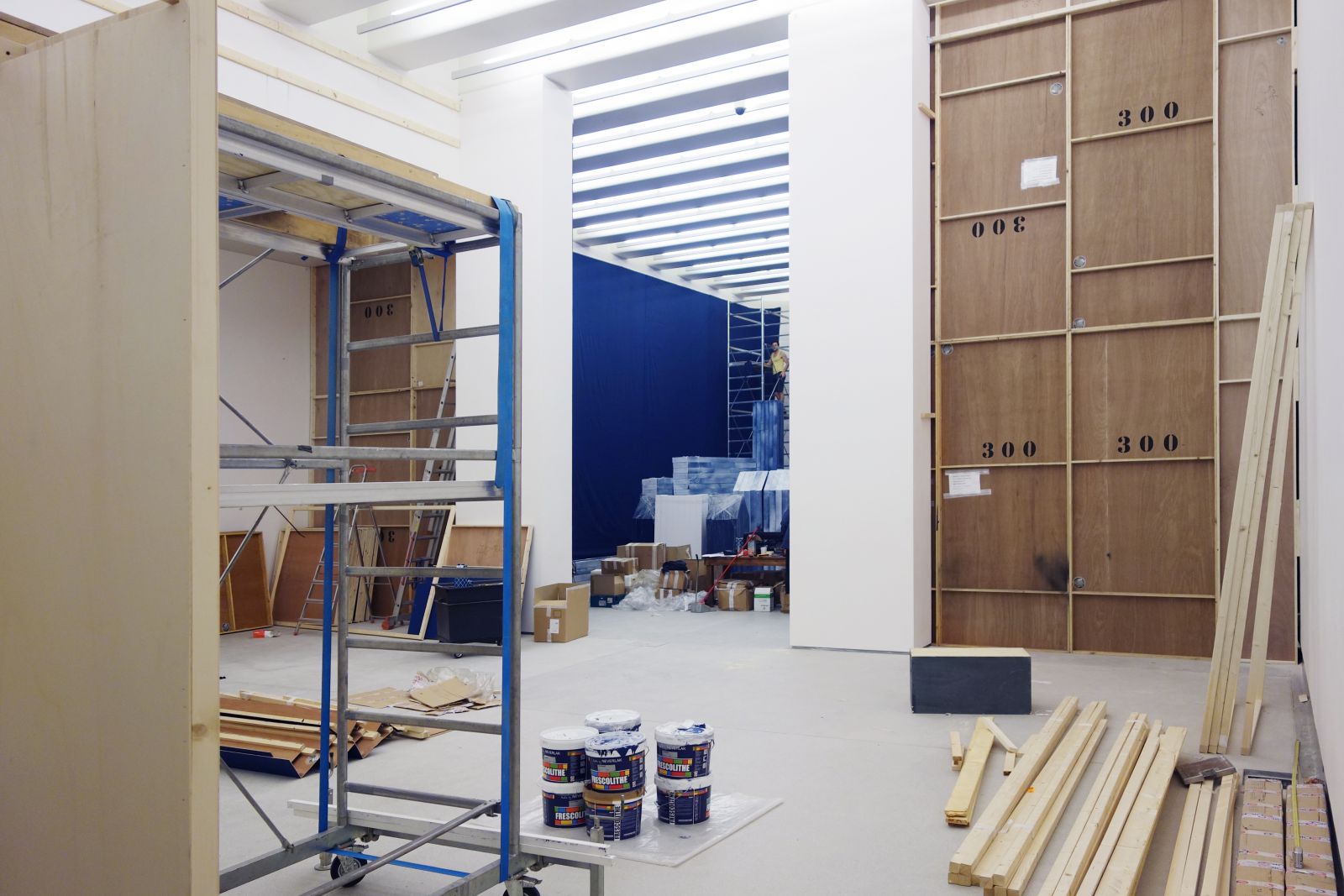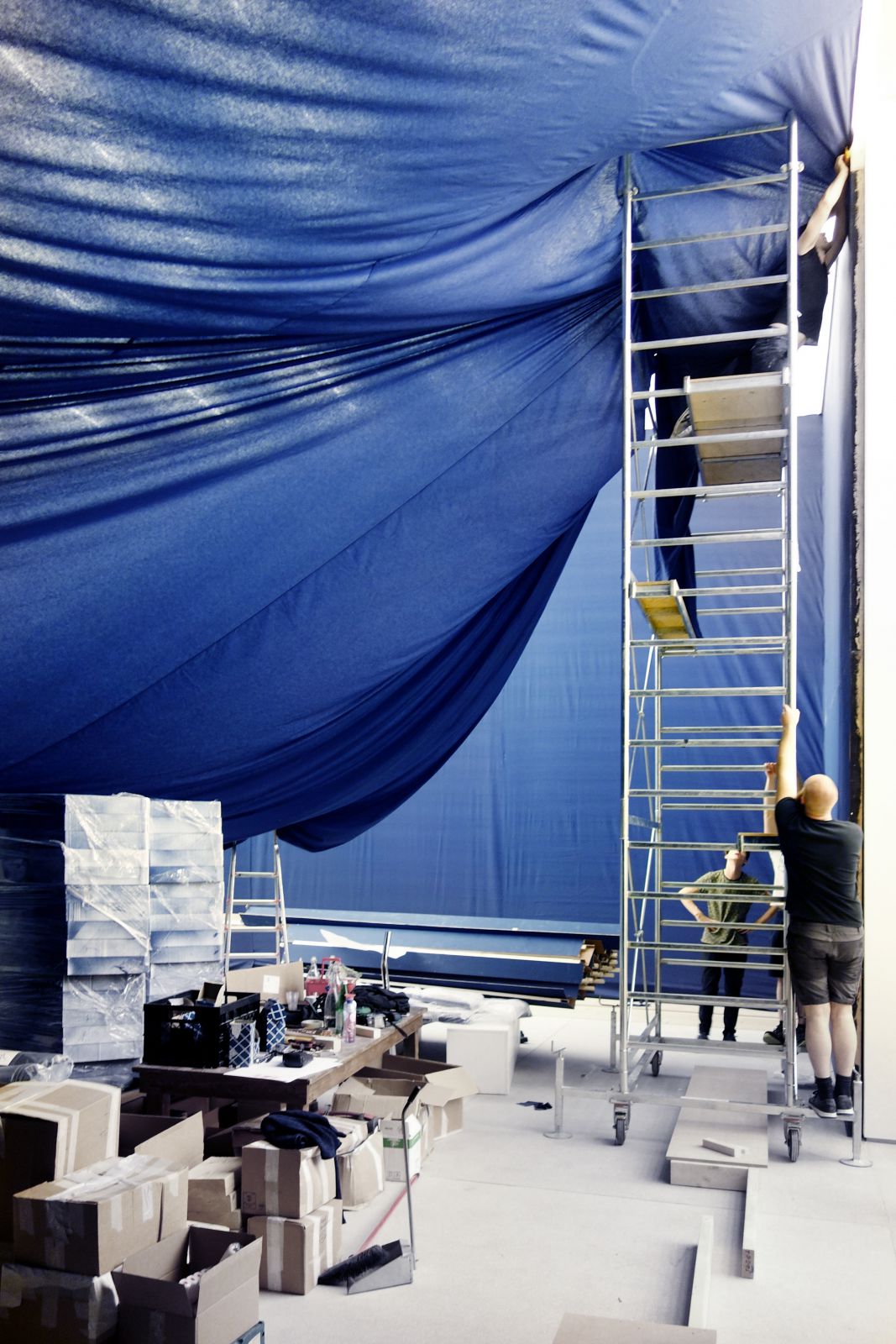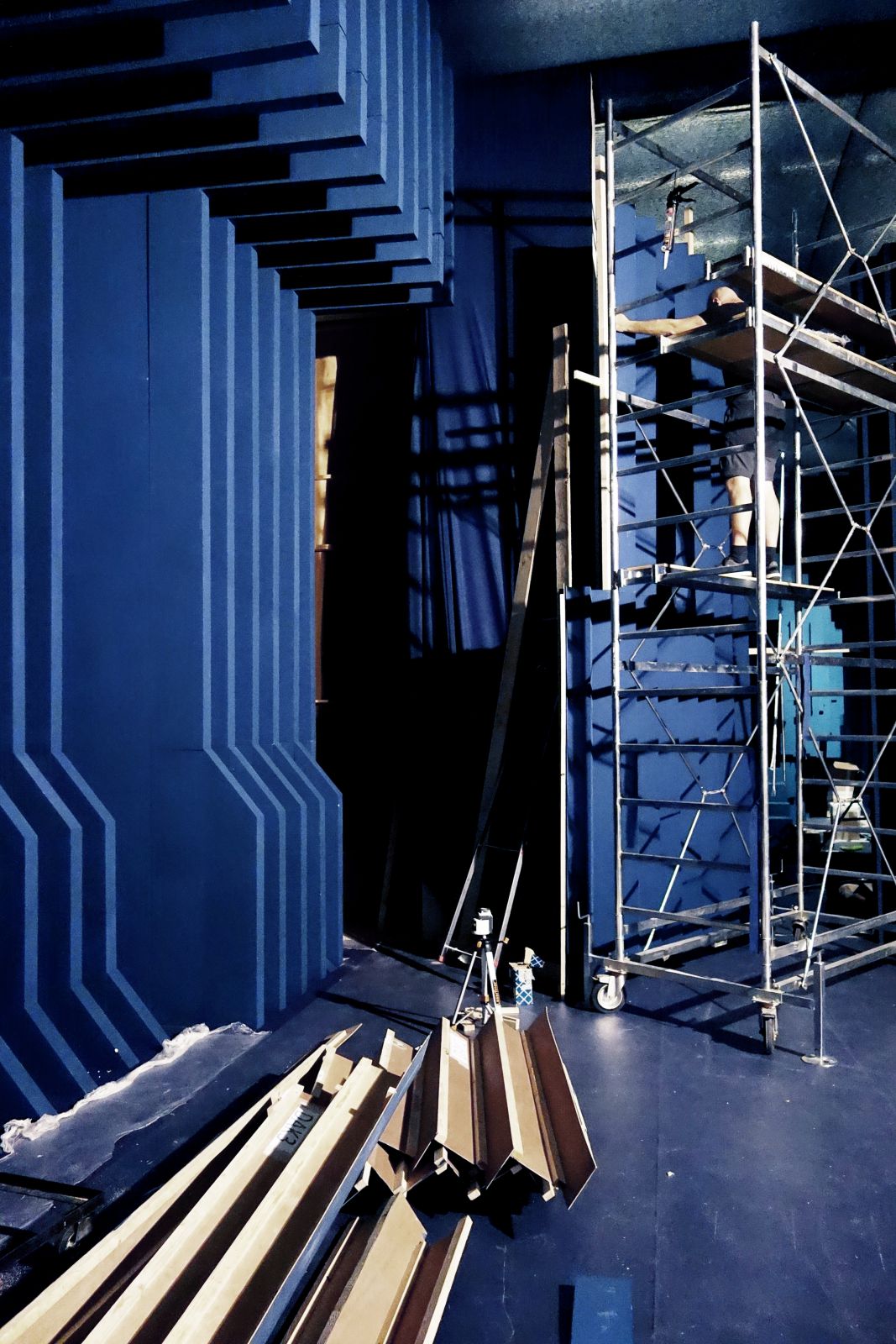Beyond Matter
Sanctum installation
Curated by Angel Moya Garcia
Location: Tenuta Dello Scompiglio
Until 22 September 2019
SUMMER HOLIDAYS: 5-28 AUGUST 2019
SPE is closed for holidays from Monday 5 to Wednesday 28 August.
From the 5th to the 11th of August it is possible to visit the temporary and permanent installations only by appointment.
Info: info.ac [at] delloscompiglio.org +39 (0) 0583 971475
From Thursday 29 August, the SPE will open again according to the usual summer opening times
(Thursday-Sunday, 15.00-19.00).
Tenuta Dello Scompiglio, Via di Vorno, 67, Italy How to get there: Pisa airport, 20 min by car/taxi Trainstation Lucca, 10 min by car/taxi
The installation Sanctum, developed especially for Tenuta Dello Scompiglio, testifying of a fictitious religious conviction, engages all the senses of the visitor. The last room where visitors ended their journey in Kerguénnec, nell'installazione "The relativity of the matter", becomes the starting point for a more elaborate proposition in the expositive space of Dello Scompiglio. Levi van Veluw based Sanctum on of the first religious buildings, the Tabernacle, also called the tent of meeting. This tent served as a place of worship and symbolized God’s presence amidst those who had gathered.
The interior of the Tabernacle consisted of 3 spaces: the Forecourt, the Holy Place and the Holy of Holies, sacred in ascending gradation. Like the Tabernacle, Levi van Veluw’s work features symmetry and harmony, to express the strive for divine perfection and reflect the divine holiness through the careful gradations of the three phases. As such, he plays with the age-old composition of the religious structure and thereby lures the spectator deeper and deeper into the Sanctuary.
After a long descent, a mysterious dark blue glow shines through a narrow crack in the wall. The visitor enters through this opening into a high-ceilinged, underground space, the forecourt. Massive columns emerge on both sides and mountains of coal lie scattered across the floor, while the path in the centre is kept open. Static forms set in repetitive sequences recall the structure of an ecstatic building, made to glorify an unknown higher purpose. The space slowly comes into view, an open passage at the end leads to what appears to be a ritual environment, the Sanctuary. Fragrant water flows through an ordered pattern of geometric incisions in the floor. At the centre, there is a chapel, composed of a detailed network of grids, boxes and openings, the Holy of Holies.
Is this an opening to a new world in which religion, again, plays an important role? Or does the artist use existing symbolisms to lure the mind into a new religion? These are questions the artist leaves the spectator with.
